The Graveyard of AI Startups: Startups That Forgot to Build Real Value
How the “Prompt-as-a-Startup” Era Crashed and Burned Introduction: Welcome to the Wrapper Wars (and Their Inevitable End) Once upon a tech cycle, in the land of Silicon Valley and side projects, someone discovered OpenAI’s GPT API and all hell broke loose. Suddenly, every other landing page had the phrase “powered by GPT-3”, paired with a glowing gradient, an emoji in the headline, and a promise to “revolutionize” some painfully specific task like “turning Zoom calls into poems.” It was beautiful chaos. It was hilarious. It was doomed. Between 2023 and early 2025, we witnessed the AI Wrapper Boom — an era where launching a startup meant putting a prompt behind a frontend and calling it a company. Founders rushed in like it was a hackathon with VC money on the table. You probably saw them: “Summarize my PDFs.” “Write better emails.” “Talk to your cat with AI.” “Be your therapist, but cheaper.” All of them looked polished.Most of them raised money.Almost none of them built anything real. Here’s the truth no one wanted to admit: If OpenAI shut down your API key and your startup also dies, you didn’t build a product. You built a fancy prompt. This isn’t just a roast (okay, maybe a little). It’s a postmortem. A cautionary tale for the next wave of builders who still think GPT is a product, not a platform. We’re going to unpack: Why these startups exploded… and then imploded How the economics made no sense The 20+ most iconic (and hilarious) failures And what you actually need to build if you want to survive in AI-land now This is not a hit piece. It’s not a hater parade. It’s a breakdown — written by someone who watched this mess unfold while yelling “bro, that’s just the OpenAI playground with dark mode” into the void. Let’s begin our tour of the Graveyard of AI Startups. Bring flowers. Or popcorn. 2. The Wrapper Wars: How We Got Here In 2023, startups stopped building and started wrapping. The launch of GPT-3.5 and GPT-4 didn’t just change how we write, code, or brainstorm. It changed how we pretend to innovate. Before GPT, startups were hard. You needed infrastructure. A team. A real product vision. Sometimes even (gasp) a backend. But then OpenAI dropped its playground, handed the internet a shiny API, and just like that — we entered the Age of the Wrapper. Suddenly, anyone with a Figma mockup and a Stripe account could launch a “startup.” A few lines of code, a reused Tailwind template, and a call to openai.createChatCompletion() boom, you’re a CEO. The Rise of the Promptpreneur Product Hunt exploded with launches like: “TalkToYourPDF.ai” “EmailWizardGPT” “MyTherapist.isNotReal” “LegalBotAI (Not a Lawyer)” And it worked at least on the surface. They looked clean. Had slick UX. They called themselves AI-first. They had Discord servers and “waitlists.” The codebase was usually: const openaiResponse = await openai.createChatCompletion({ model: "gpt-4", messages: [{ role: "user", content: userInput }],}); And that’s it. That was the whole product. You’d be shocked how many “founders” shipped this exact logic and raised a pre-seed. Prompt Engineering = Product? Nah. The most popular dev trend of the time? “Prompt engineering.” People started tweeting like: “After fine-tuning prompts for 6 hours, I unlocked 80% better output. This is the new full stack.” Except no one owned models. No one trained datasets. No one built tools. Just “clever” prompts like: “You are a senior tax lawyer who gives answers in TikTok voice and uses emojis.” Prompt engineering wasn’t the problem. It was treating it like a product, when it was just a layer. VC Hype + API Abuse = Recipe for Disaster Investors saw the hype and FOMO’d hard. They threw checks at anything with .ai in the domain name. You had: Founders with zero ML experience raising millions “Startups” with one dev, one landing page, and no roadmap Products that were 100% OpenAI frontend wrappers, no backend logic And they weren’t hiding it either. One founder literally tweeted: “We don’t need infra we have OpenAI.” It was like watching people build skyscrapers on cardboard foundations — and wondering why it all collapsed the second usage spiked. Everyone Built the Same App At one point, you could launch a startup by copying ChatGPT’s interface and changing the text from “Hello! How can I help you?” to “Hey, I’m your AI cofounder, ask me anything.” Every niche had 20 clones: GPT for doctors GPT for lawyers GPT for resumes GPT for sales emails GPT for Tinder openers (no, seriously) It became clear: we didn’t have 10,000 AI startups — we had 1 startup with 10,000 skins. 3. The Template of Failure They built wrappers, not products. And surprise they broke. At first glance, these AI startups looked solid. Slick landing pages. Clean UI. Snappy copy like “Revolutionize Your Workflow with AI.” But dig a little deeper and you’d realize most of them were just prompt UIs duct-taped to OpenAI, calling themselves companies. Let’s break down the exact r
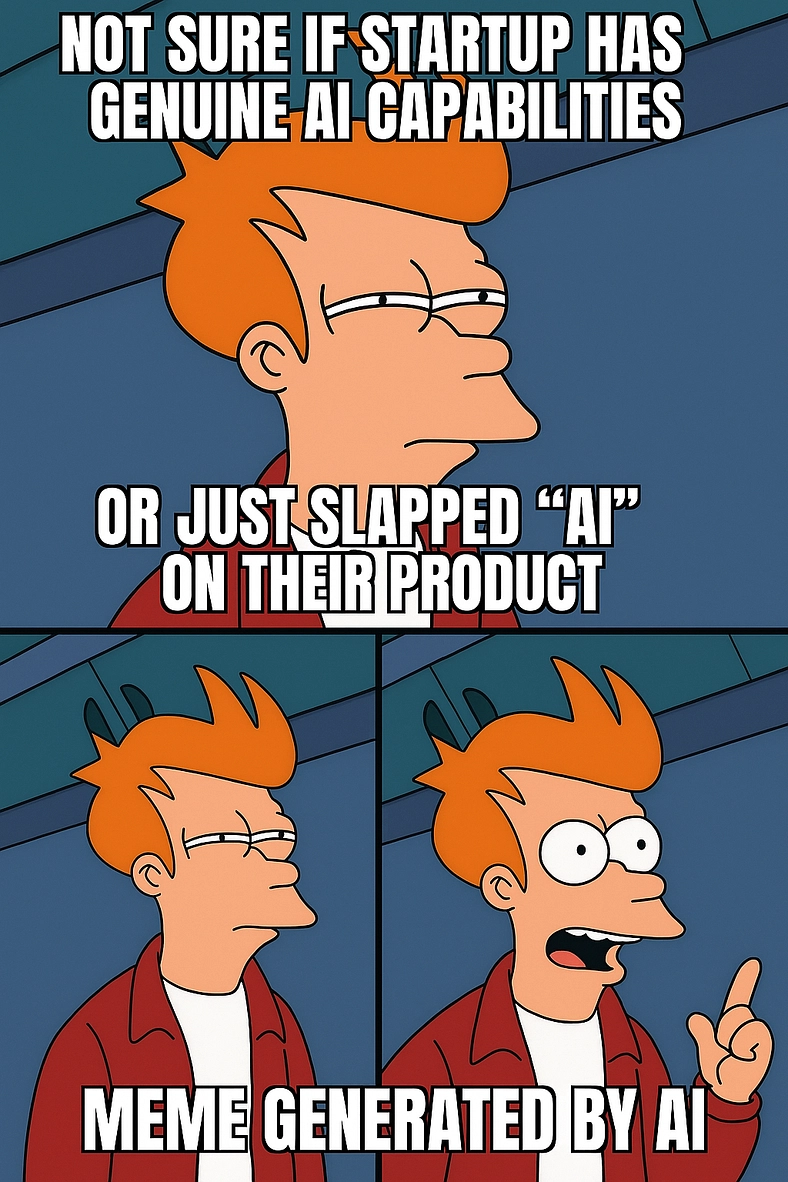
How the “Prompt-as-a-Startup” Era Crashed and Burned
Introduction: Welcome to the Wrapper Wars (and Their Inevitable End)
Once upon a tech cycle, in the land of Silicon Valley and side projects, someone discovered OpenAI’s GPT API and all hell broke loose.
Suddenly, every other landing page had the phrase “powered by GPT-3”, paired with a glowing gradient, an emoji in the headline, and a promise to “revolutionize” some painfully specific task like “turning Zoom calls into poems.”
It was beautiful chaos.
It was hilarious.
It was doomed.
Between 2023 and early 2025, we witnessed the AI Wrapper Boom — an era where launching a startup meant putting a prompt behind a frontend and calling it a company. Founders rushed in like it was a hackathon with VC money on the table.
You probably saw them:
- “Summarize my PDFs.”
- “Write better emails.”
- “Talk to your cat with AI.”
- “Be your therapist, but cheaper.”
All of them looked polished.
Most of them raised money.
Almost none of them built anything real.
Here’s the truth no one wanted to admit: If OpenAI shut down your API key and your startup also dies, you didn’t build a product. You built a fancy prompt.
This isn’t just a roast (okay, maybe a little). It’s a postmortem. A cautionary tale for the next wave of builders who still think GPT is a product, not a platform. We’re going to unpack:
- Why these startups exploded… and then imploded
- How the economics made no sense
- The 20+ most iconic (and hilarious) failures
- And what you actually need to build if you want to survive in AI-land now
This is not a hit piece. It’s not a hater parade. It’s a breakdown — written by someone who watched this mess unfold while yelling “bro, that’s just the OpenAI playground with dark mode” into the void.
Let’s begin our tour of the Graveyard of AI Startups. Bring flowers. Or popcorn.
2. The Wrapper Wars: How We Got Here
In 2023, startups stopped building and started wrapping.
The launch of GPT-3.5 and GPT-4 didn’t just change how we write, code, or brainstorm. It changed how we pretend to innovate.
Before GPT, startups were hard. You needed infrastructure. A team. A real product vision. Sometimes even (gasp) a backend. But then OpenAI dropped its playground, handed the internet a shiny API, and just like that — we entered the Age of the Wrapper.
Suddenly, anyone with a Figma mockup and a Stripe account could launch a “startup.” A few lines of code, a reused Tailwind template, and a call to openai.createChatCompletion() boom, you’re a CEO.
The Rise of the Promptpreneur
Product Hunt exploded with launches like:
- “TalkToYourPDF.ai”
- “EmailWizardGPT”
- “MyTherapist.isNotReal”
- “LegalBotAI (Not a Lawyer)”
And it worked at least on the surface.
They looked clean. Had slick UX. They called themselves AI-first. They had Discord servers and “waitlists.” The codebase was usually:
const openaiResponse = await openai.createChatCompletion({
model: "gpt-4",
messages: [{ role: "user", content: userInput }],
});
And that’s it. That was the whole product.
You’d be shocked how many “founders” shipped this exact logic and raised a pre-seed.
Prompt Engineering = Product? Nah.
The most popular dev trend of the time? “Prompt engineering.”
People started tweeting like:
“After fine-tuning prompts for 6 hours, I unlocked 80% better output. This is the new full stack.”
Except no one owned models. No one trained datasets. No one built tools.
Just “clever” prompts like:
“You are a senior tax lawyer who gives answers in TikTok voice and uses emojis.”
Prompt engineering wasn’t the problem. It was treating it like a product, when it was just a layer.
VC Hype + API Abuse = Recipe for Disaster
Investors saw the hype and FOMO’d hard. They threw checks at anything with .ai in the domain name.
You had:
- Founders with zero ML experience raising millions
- “Startups” with one dev, one landing page, and no roadmap
- Products that were 100% OpenAI frontend wrappers, no backend logic
And they weren’t hiding it either. One founder literally tweeted:
“We don’t need infra we have OpenAI.”
It was like watching people build skyscrapers on cardboard foundations — and wondering why it all collapsed the second usage spiked.
Everyone Built the Same App
At one point, you could launch a startup by copying ChatGPT’s interface and changing the text from “Hello! How can I help you?” to “Hey, I’m your AI cofounder, ask me anything.”
Every niche had 20 clones:
- GPT for doctors
- GPT for lawyers
- GPT for resumes
- GPT for sales emails
- GPT for Tinder openers (no, seriously)
It became clear: we didn’t have 10,000 AI startups — we had 1 startup with 10,000 skins.
3. The Template of Failure
They built wrappers, not products. And surprise they broke.
At first glance, these AI startups looked solid.
Slick landing pages. Clean UI. Snappy copy like “Revolutionize Your Workflow with AI.”
But dig a little deeper and you’d realize most of them were just prompt UIs duct-taped to OpenAI, calling themselves companies.
Let’s break down the exact recipe that sent them straight into the startup graveyard:
No Real Intelligence Just Prompt Glorification
Here’s what most of them actually built:
- Text input box
- API call to GPT
- Display the result in a fancy div
- Hope the user pays $9.99/month for that
There was no logic layer. No feedback loop. No model training.
If you opened DevTools and peeked into the network tab, you’d see the product’s entire brain in a single JSON payload.
You can’t build a company on a glorified playground.
All Frontend, No Backend
You’d think an AI startup would have some ML pipeline, some infra magic.
Nope. It was often just:
- Next.js + Vercel
- TailwindCSS
- Firebase Auth
- OpenAI SDK
- Stripe Checkout
Boom. 30 minutes later, you’re live.
These apps were beautiful, sure. But under the hood, they were basically:
“ChatGPT, but I added a logo and a modal.”
One dev even admitted on Twitter:
“I built and launched my AI startup in 12 hours.”
Yeah bro, we could tell.
Zero Moat = Zero Chance
If you launched “LegalGPT” and someone else launched “GPTLegal,” there was no difference — same OpenAI API call, slightly different font.
AI users aren’t stupid. They figured out fast that:
- All the apps used the same engine
- Many had worse outputs than ChatGPT itself
- Most added zero value beyond cosmetic design
There was no proprietary model. No unique data. No workflow integration. No real advantage.
You know you’re in trouble when your customer realizes:
“Wait… why am I paying you when I can just use ChatGPT directly… for free?”
Infinite Cost, Finite Revenue
Let’s talk tokenomics.
OpenAI charges you per token. You charge users per month.
User behavior:
- Pays $10/month
- Pastes in an entire e-book
- Clicks “Summarize”
- Pastes in another book
- Repeat
Result:
- Your OpenAI bill: $200+
- Your profit: -$190 and emotional trauma
The more users loved your product, the faster you bled out.
Most of these startups were financially unsustainable by design.
Product ≠ Prompt
Great software solves real problems with real workflows.
Most GPT wrappers solved:
- “I want to use ChatGPT… but lazier”
- “I want to feel like I built something without doing any hard stuff”
- “I want AI to do my job but still pay me for it”
That’s not innovation. That’s just creative laziness.
Real users need:
- Customization
- Workflow fit
- Accuracy
- Support
- Integration
They don’t want to pay $12/month for what’s essentially a ChatGPT bookmark with a dark mode toggle.




















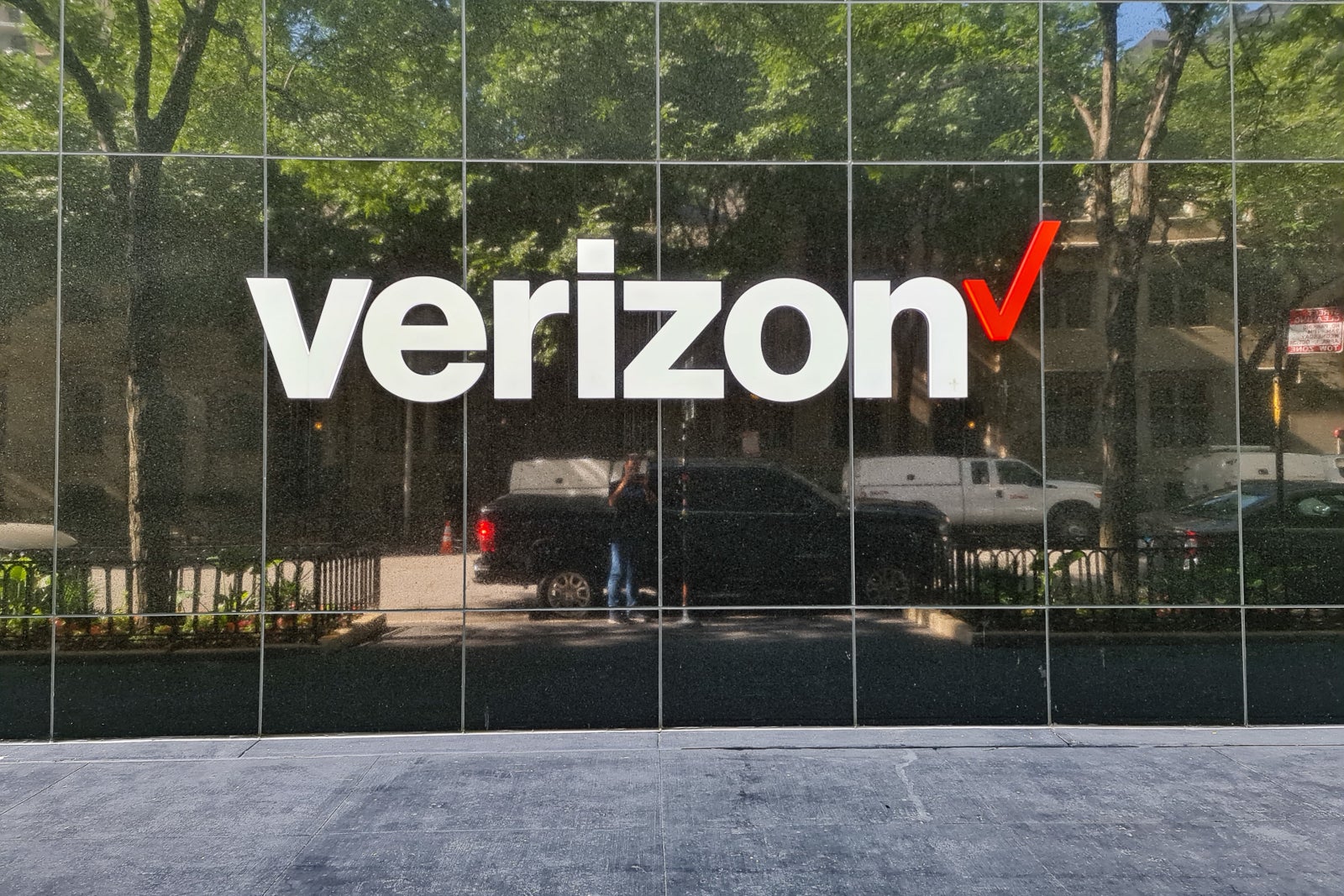

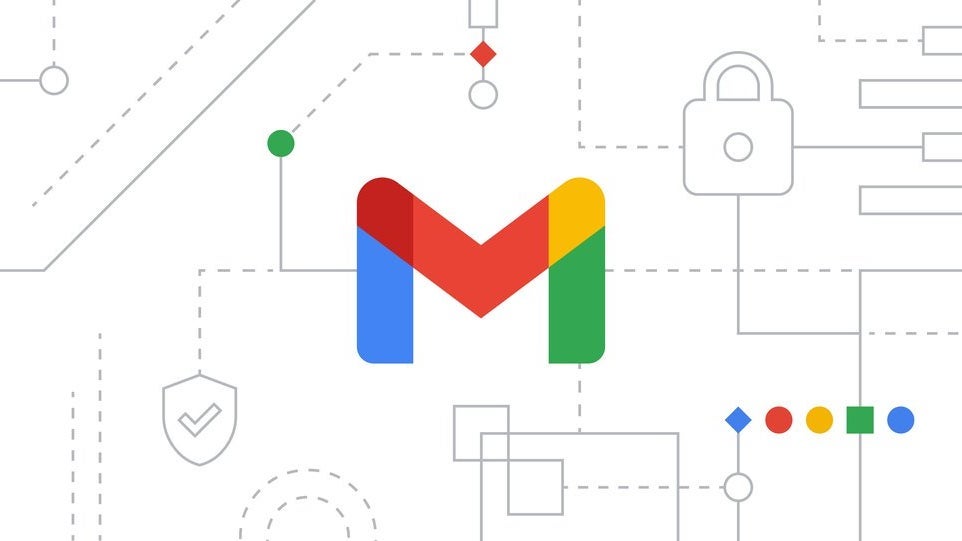















































![M4 MacBook Air Drops to New All-Time Low of $912 [Deal]](https://www.iclarified.com/images/news/97108/97108/97108-640.jpg)
![New iPhone 17 Dummy Models Surface in Black and White [Images]](https://www.iclarified.com/images/news/97106/97106/97106-640.jpg)



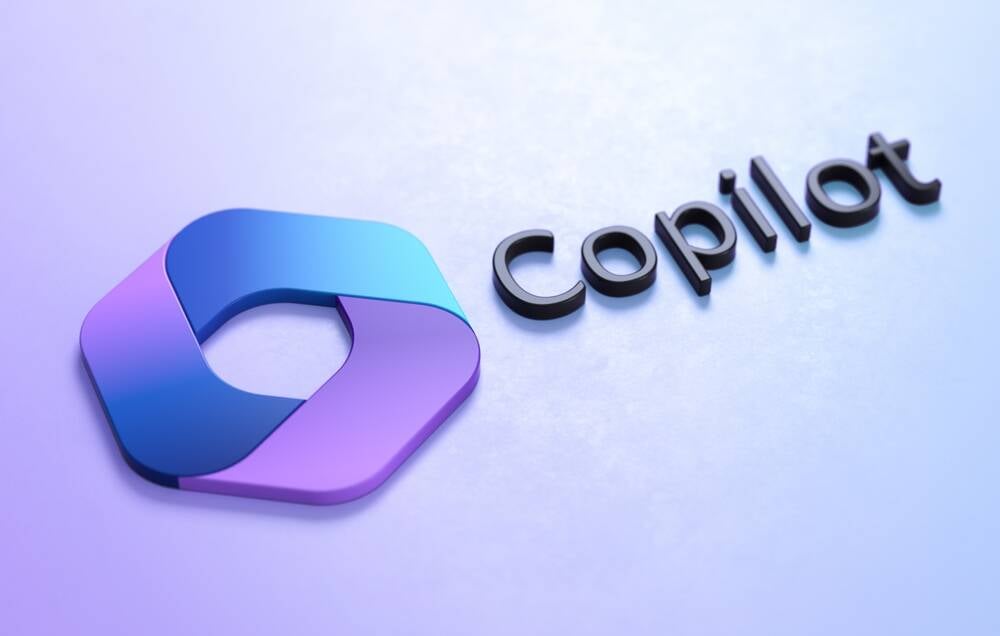
















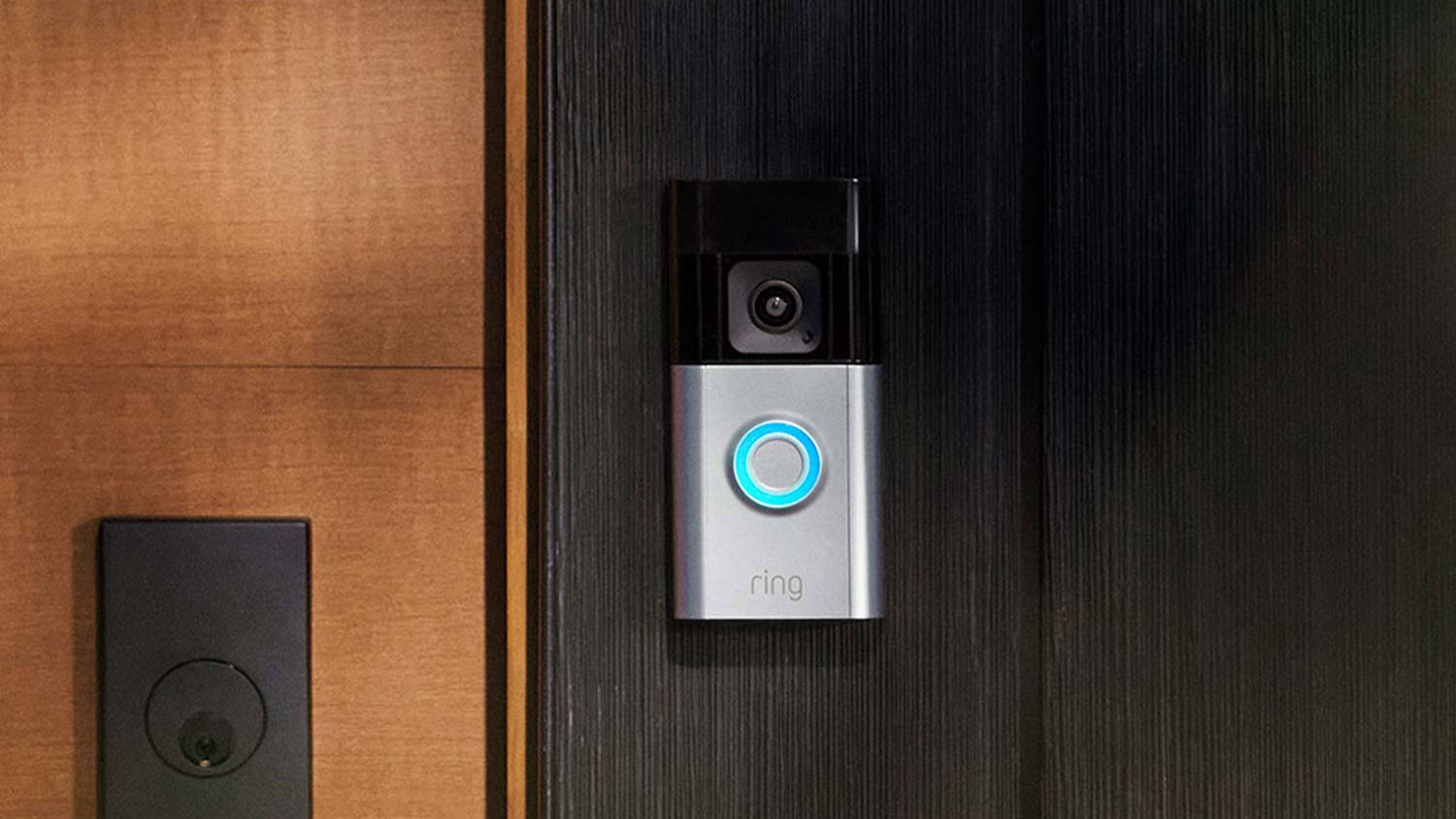






















































































_Olekcii_Mach_Alamy.jpg?width=1280&auto=webp&quality=80&disable=upscale#)






















































































![[The AI Show Episode 144]: ChatGPT’s New Memory, Shopify CEO’s Leaked “AI First” Memo, Google Cloud Next Releases, o3 and o4-mini Coming Soon & Llama 4’s Rocky Launch](https://www.marketingaiinstitute.com/hubfs/ep%20144%20cover.png)






























































































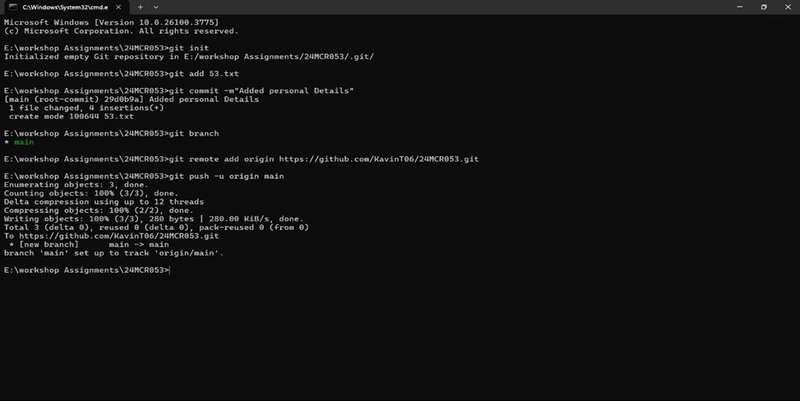
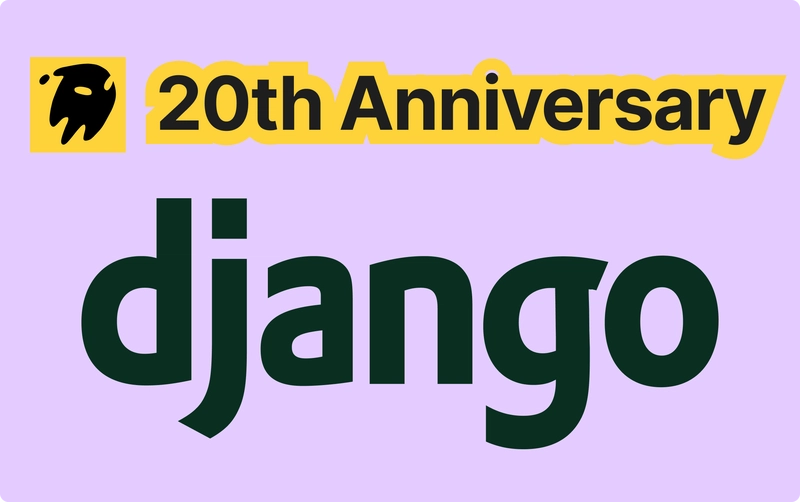























![Is This Programming Paradigm New? [closed]](https://miro.medium.com/v2/resize:fit:1200/format:webp/1*nKR2930riHA4VC7dLwIuxA.gif)













































-Classic-Nintendo-GameCube-games-are-coming-to-Nintendo-Switch-2!-00-00-13.png?width=1920&height=1920&fit=bounds&quality=70&format=jpg&auto=webp#)




































































